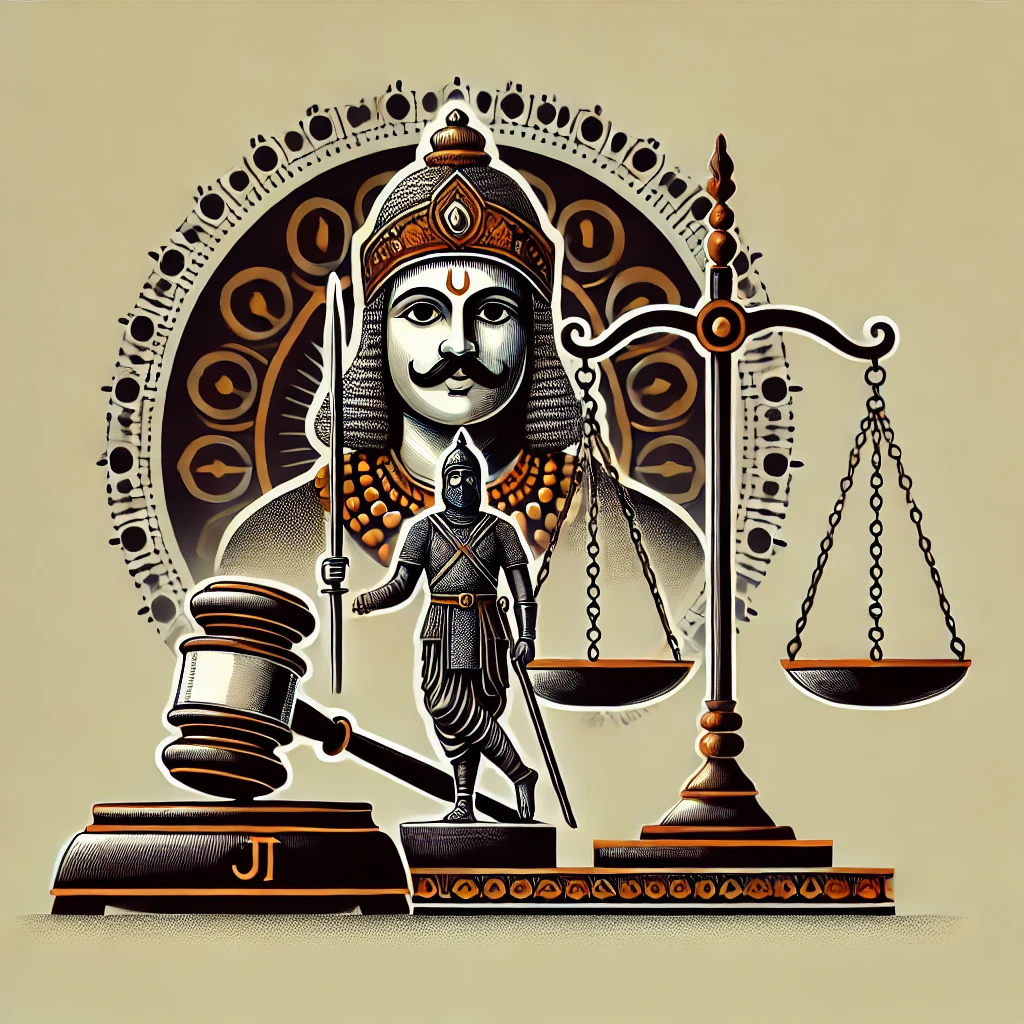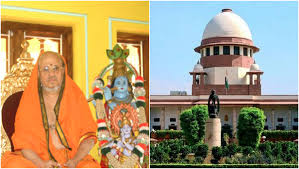Nitya Nand Vs. State of Uttar Pradesh [September 04, 2024]
Case Background
The case involves a criminal incident where the accused, including Nitya Nand, were part of a group allegedly involved in an unlawful assembly that committed serious offenses, including murder.
On a specific day, the informant and his family members went to a public place (such as a river ghat).
They were confronted by a group led by one Shree Dev and his sons, including Nitya Nand.
This group was armed and attacked the informant’s family, resulting in the death of one family member.
Nitya Nand is specifically alleged to have fired a shot into the air, which helped the group escape.
Legal Issues
The key legal issues in the case revolve around:
Whether the accused was part of an unlawful assembly.
Whether the accused could be held liable for murder committed by the assembly, even if he did not personally commit the killing.
Whether the evidence against the accused was sufficient to prove guilt beyond a reasonable doubt.
Relevant Legal Provisions
Section 141 of the Indian Penal Code (IPC): Unlawful Assembly
An assembly of five or more persons is “unlawful” if their common objective is to commit an illegal act by force or criminal intimidation.
The law focuses on the collective intent and action of the group, not just individual acts.
Section 149 IPC: Liability of Every Member of an Unlawful Assembly
If an offense is committed by any member of an unlawful assembly in prosecution of the common object, every member of that assembly is held liable as if he committed the offense himself.
This is called vicarious liability, meaning guilt is shared among all members for acts committed in furtherance of their common plan or object.
Sections 148 and 302 IPC
Section 148: Rioting armed with a deadly weapon.
Section 302: Punishment for murder.
Court’s Reasoning
1. Proof of Unlawful Assembly and Common Object
The Court found that the group (Shree Dev and his sons including Nitya Nand) was clearly an unlawful assembly because they came armed and used force to attack the victim.
The members shared a common objective: to cause harm using criminal force.
2. Vicarious Liability under Section 149
Even if Nitya Nand did not personally kill the victim, his presence in the assembly and participation in the violent act makes him liable.
The Court emphasized that every member of such an unlawful assembly is presumed to have the common intent to commit the crime.
The firing of a shot in the air by Nitya Nand was seen as part of the collective act, assisting others to escape, further indicating his involvement.
3. Reliability of Evidence
Eyewitness testimonies were considered credible and consistent.
The Court acknowledged some procedural gaps (like absence of recovery of weapons or examination of certain witnesses) but held that the collective testimony, corroborated by medical evidence of injuries, was enough.
The accused’s presence and actions during the incident were established beyond reasonable doubt.
4. Conclusion on Conviction
Based on the above, the Court upheld the conviction of Nitya Nand for murder under Section 302 read with Section 149.
Convictions under rioting armed with deadly weapons (Section 148) were also sustained.
Appeals against these convictions were dismissed.
Key Legal Principles Illustrated by This Case
Common Object Principle: In an unlawful assembly, the shared intention or object binds all members for the criminal acts committed in its pursuit.
Vicarious Liability: One member's criminal act in furtherance of the common object makes all members criminally liable, even if they did not individually commit that act.
Importance of Presence and Participation: Physical presence and participation, even in a supporting role (such as firing a warning shot), can be sufficient for liability.
Eyewitness Testimony Weight: Credible eyewitness accounts can outweigh some procedural deficiencies, especially when supported by medical or circumstantial evidence.
Practical Implications
Members of any group acting with a criminal purpose must be cautious: even indirect involvement or mere presence can attract serious criminal liability.
Courts uphold the doctrine of collective responsibility to deter mob violence.
The judgment reiterates the judiciary’s stance that maintaining law and order requires strict application of laws relating to unlawful assemblies and their offenses.






























0 comments